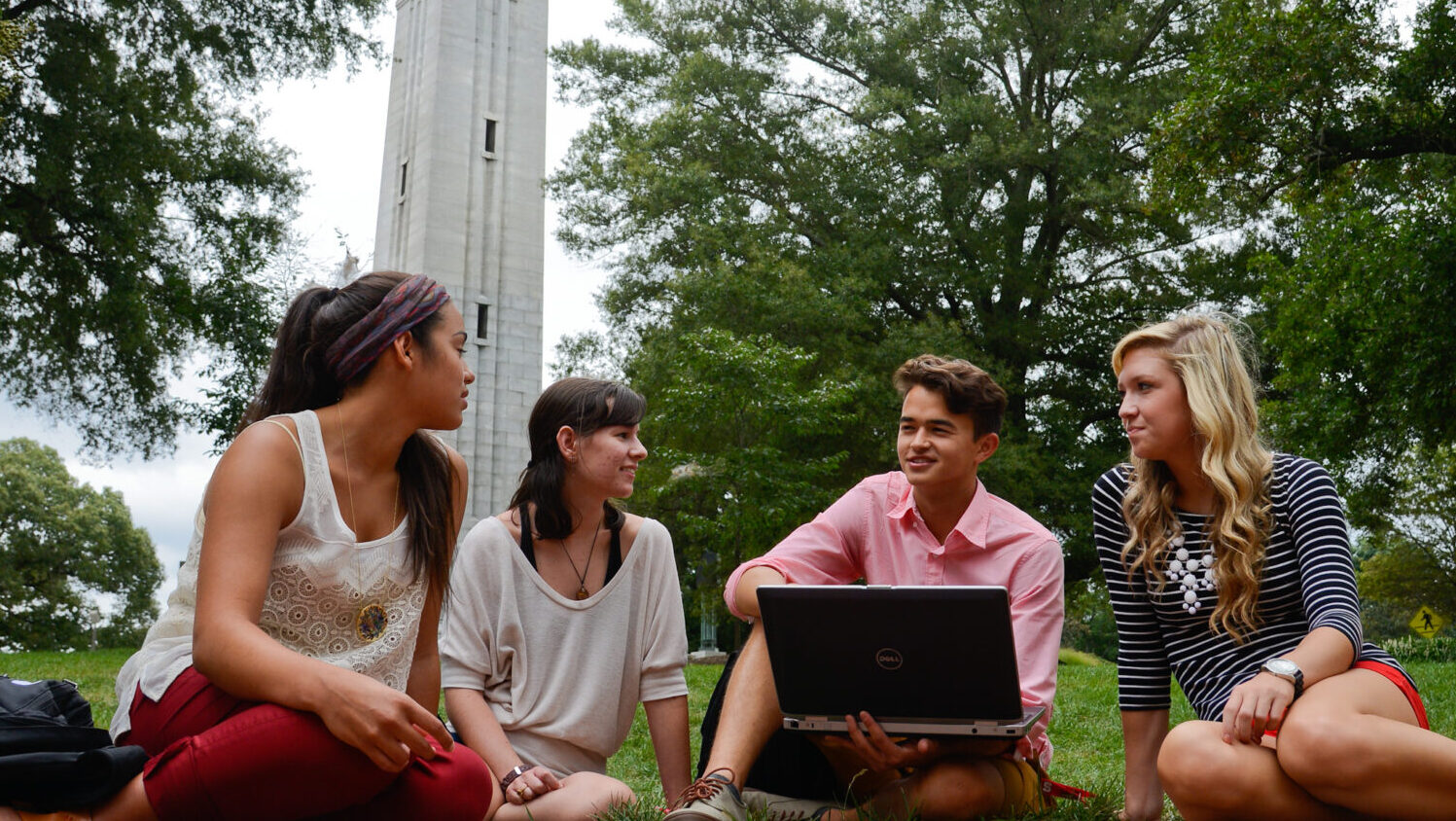
Welcome Message
From NC State Chief Information Officer Marc I. Hoit
The 2021-22 academic year has been a huge transitional effort for IT across campus. The pandemic caused us to make a monumental shift to remote and hybrid work and study in a matter of weeks. Over the past year, we have seen the re-population of students into classrooms, labs and on-campus venues. With increased attendance, even sporting events started to feel more vibrant (and they were hugely successful). But many of the year’s significant changes are linked to the university’s new strategic plan, Wolfpack 2030: Powering the Extraordinary.
The strategic plan defines seven goals that when combined help accelerate the university to the next level of supporting students, faculty, staff and economic development. The connection throughout each goal is the reliance on digital transformation. We learned over the past few years that many of our processes, tools and activities could be made easier, faster and more resilient through the use of the appropriate technology. Campus IT professionals continue to embrace and help further the move to more frictionless workflows and processes.
OIT, in partnership with other university technical and business units, has implemented new tools, improved foundational platforms, created better support services for students, faculty and staff and focused on improving campus IT security. Some impactful activities that we participated in this fiscal year included:
- Launched the Research Facilitation Service (RFS) in partnership with the University Libraries and the Office of Research and Innovation. This service helps faculty with the increasingly complex IT needs of their grants.
- Collaborated with the AERPAW grant to help launch the advanced wireless and drone testbed. This is a one-of-a-kind facility to allow research on the linkage of wireless and drone activities.
- Continued to coordinate with the Plant Sciences Initiative and to share IT support resources. This is together with the RFS.
- Completed the wired infrastructure replacement for building networking. This was a five-year project to bring all buildings up to the next generation of networking.
- Partnered with Facilities and University Real Estate and Development to create a small cell wireless infrastructure standard to allow 5G providers to locate cells on campus.
- Began to decommission Data Center 2 and move physical equipment to MCNC and the Department of Information Technology’s Eastern Data Center.
- Continued to upgrade university business services such as PeopleSoft enterprise, storage, identity, and data systems.
- Launched a Data Governance Working Group to help coordinate the university’s needs for data tools and access.
- Partnered with Digital Education and Learning Technology Applications to upgrade classroom capture to Panopto to support student learning during the pandemic.
These are a few highlights; our Annual Report shares many more activities and successes we had during these difficult times. I want to congratulate and thank all campus IT professionals for their dedication and commitment to support the university and its mission. Thank you for another successful year!